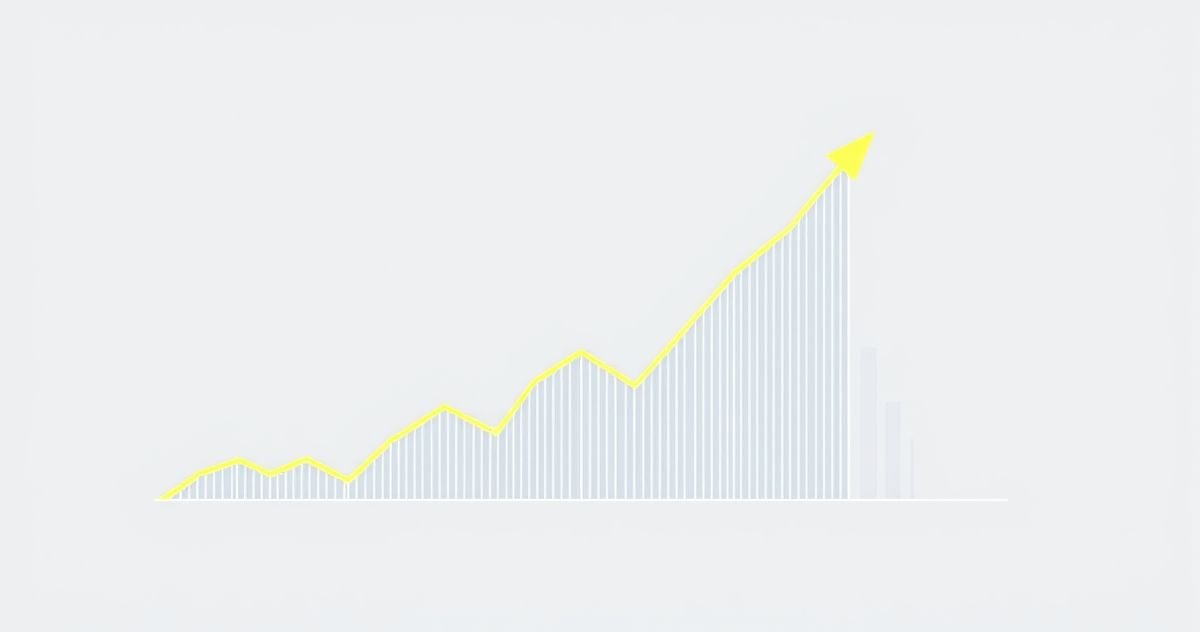Rate Cap: Your Shield Against Sky-High Interest Rates
A rate cap is a limit on how much an interest rate can increase over a specific period or over the life of a loan, offering protection to borrowers against unpredictable market fluctuations.
What is a Rate Cap and How Does It Protect You?
When you take out a loan, especially one with a variable interest rate, you might encounter a feature called a “rate cap.” Think of it as a safety net for your loan payments. It’s a ceiling, a maximum limit, on how high your interest rate can climb. This is super important because it prevents your monthly payments from suddenly jumping to unaffordable levels if market interest rates go wild.
Why Should You Care About Rate Caps?
In a world where interest rates can be as unpredictable as the weather, a rate cap acts as a financial shock absorber. It’s particularly relevant for loans like adjustable-rate mortgages (ARMs), home equity lines of credit (HELOCs), and some student loans. Without a rate cap, a sudden spike in benchmark interest rates could mean a significant, unwelcome increase in your loan payments, potentially straining your budget.
How Do Rate Caps Work?
Rate caps usually come in a few different flavors:
- Periodic Adjustment Cap: This limits how much your interest rate can increase at each adjustment period. For example, an ARM might have a periodic cap of 2%, meaning your rate can’t go up by more than 2% at the next adjustment, even if the underlying index rate jumped by more.
- Lifetime Cap: This is the ultimate ceiling. It sets the maximum interest rate your loan can ever reach over its entire term. So, even with periodic increases, your rate will never exceed this lifetime limit.
- Introductory or Initial Cap: Sometimes, the first adjustment period after you take out the loan has a different, often lower, cap. This gives you a gentler introduction to the variable rate.
It’s crucial to understand which type of cap applies to your loan and what the specific limits are. Lenders are required to disclose these details clearly in your loan agreement.
Real-World Examples
Imagine Sarah gets an adjustable-rate mortgage (ARM) for her home. Her loan has a variable interest rate tied to a market index, plus a margin. The good news? Her ARM has a 2% periodic cap and a 5% lifetime cap. If the market index rate skyrockets by 4% at the next adjustment, Sarah’s rate only increases by the allowed 2% due to the periodic cap. If her rate eventually reaches 4.5%, and the index tries to push it to 6%, the 5% lifetime cap kicks in, preventing it from going any higher.
Who is Affected by Rate Caps?
Rate caps primarily affect borrowers with variable-rate loans. This includes:
- Homebuyers: Those taking out ARMs.
- Homeowners: Individuals using HELOCs.
- Students: Borrowers with certain types of private student loans.
- Businesses: Companies securing loans with variable rates.
Anyone whose loan’s interest rate can change over time is potentially impacted by the presence or absence of rate caps.
Tips and Strategies for Rate Caps
- Read the Fine Print: Always, always understand the rate cap structure of any variable-rate loan before signing. Know your periodic and lifetime caps.
- Compare Offers: Different lenders might offer similar loans but with different cap structures. Shop around to find the most borrower-friendly terms.
- Factor Caps into Your Budget: Even with a cap, your payments can increase. Create a budget that can handle potential payment increases, up to the capped amount.
- Consider Fixed Rates: If you’re risk-averse and uncomfortable with potential payment increases, a fixed-rate loan might be a better fit, though it may come with a higher initial rate.
Common Misconceptions
- “A rate cap means my rate will never go up.” False. It only limits how much it can go up, not if it can go up.
- “All variable-rate loans have rate caps.” Not necessarily. Some loans might have variable rates with no caps, which is much riskier for the borrower.
Understanding rate caps is a key part of managing your debt responsibly and protecting yourself from unexpected financial burdens.
